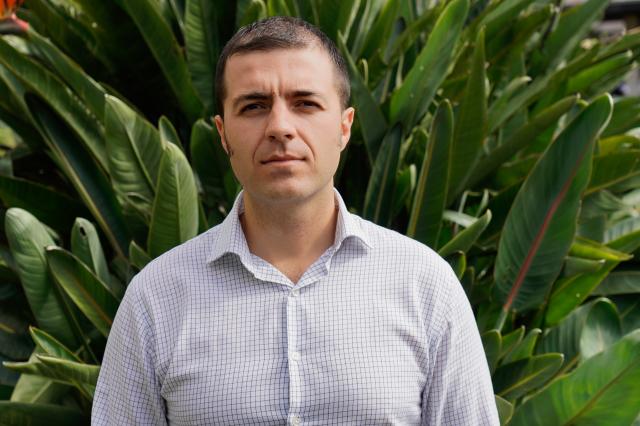Amid extreme market volatility and record-high prices, fertiliser consumption suffered in 2022.
According to a new Rabobank report, a recovery in consumption is possible in some regions in 2023, with fertiliser prices lowering and commodity prices at historically high levels.
When geopolitics meets fertiliser markets, things get bumpy for fertilisers, the report says.
And that is exactly what has happened over the past two years, with tensions peaking after Russia’s invasion of Ukraine.
But for 2023, we can expect things to settle somewhat, says report lead author Bruno Fonseca, senior analyst—Farm Inputs at Rabobank.
The report says Rabobank’s Fertiliser Affordability Index – which tracks the relative price of a basket of agricultural commodities in comparison with a basket of fertilisers—shows current price trends and volatility are in line with a historic pattern of peaking cycles.
If history is to be believed, the report says, especially trends observed following the 2008 Global Financial Crisis, then global fertiliser prices should come down in the coming months.
“The index’s moving average is trending lower, as fertiliser prices are returning to pre-(Russia/Ukraine) war levels,” Mr Fonseca said.
“For the next three months, the index will continue to trend downward but remain above normal.
“The key point of attention is on nitrogen products, as the natural gas crisis in Europe has the potential to make urea and ammonia more expensive and, therefore, to keep the index at a high level.”
Australia
For Australia though, the report says, farmers are likely to be again facing historically above-average fertiliser costs in 2023.
Rabobank’s Sydney-based farm inputs analyst Vitor Pistoia says Australia’s heavy reliance on imported fertilisers – especially urea, potash and monoammonium phosphate – means global turmoil and market volatility will continue to factor heavily into the local fertiliser market.
“Import factors – including still-volatile bulk freight rates, ongoing currency and interest rate challenges and the smaller market size of Australia – though, mean we expect local fertiliser pricing to remain less competitive into 2023 regardless of the underlying global market price movements,” he said.
“In addition to this, domestic freight and logistics constraints are unlikely to be unwound into 2023 meaning Australian farmers will again be facing well-above average costs for crop nutrients in 2023.”
However, Mr Pistoia said, local fertiliser demand should be strong.
“With the country on track for a third consecutive year of well-above-average crop production, the majority of farmers may have favourable cash flow as they determine their fertiliser needs for 2023,” he said.
“There should also be the need to replenish soil nutrients, given strategies that have been in place to manage high fertiliser costs this past year.
“These factors, on balance, support a reasonably buoyant fertiliser market outlook and a continuation of purchasing for planting needs as harvest advances and farmers are able to make the transition to the 2023 season.”






